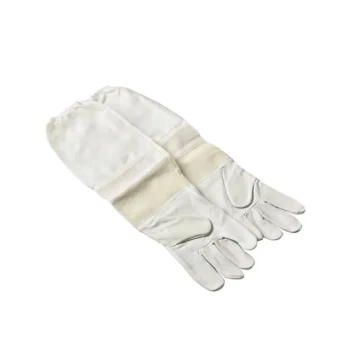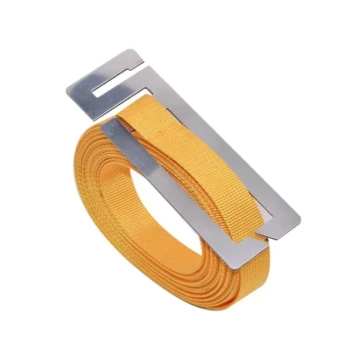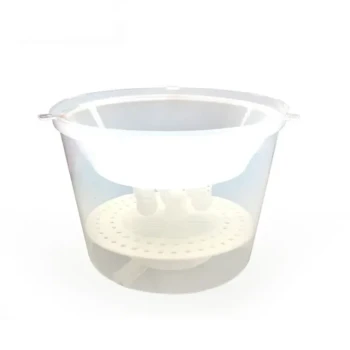In short, no. While high-quality beekeeping gloves provide a crucial layer of protection and significantly reduce the likelihood of stings, they are not completely sting-proof. Their purpose is to act as a strong deterrent and barrier, but a sufficiently determined bee can occasionally penetrate the material or find a gap.
The true value of beekeeping gloves is not in providing absolute immunity, but in giving you the confidence to work calmly and deliberately. This calm handling is your most effective tool for preventing bee agitation and defensive stings in the first place.
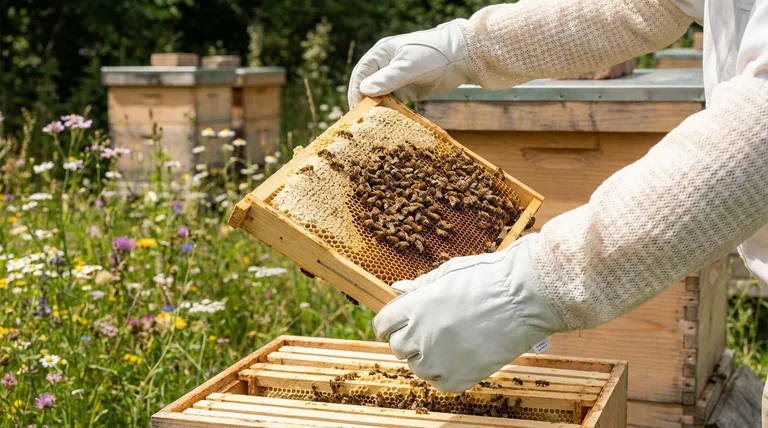
How Beekeeping Gloves Protect You
The Principle of a Physical Barrier
The primary function of beekeeping gloves is straightforward: to create a physical barrier between your skin and a bee's stinger.
Most stings are prevented simply because the material is too thick or tough for the stinger to puncture effectively during a typical defensive encounter.
The Role of Material
Gloves are commonly made from thick, puncture-resistant materials like leather or durable synthetics like nitrile.
These materials are chosen specifically for their ability to withstand a bee's stinger, stopping the vast majority of sting attempts before they can reach your skin.
Understanding the Trade-offs
Why Stings Can Still Happen
Despite the robust materials, stings can occur. A very persistent bee might manage to work its stinger through the material, especially at seams or in areas where the material is thinner or has worn down over time.
More commonly, a bee might find a small gap between the cuff of your glove and the sleeve of your bee suit.
The Dexterity vs. Protection Dilemma
The most significant trade-off in glove selection is between protection and dexterity.
Thicker leather gloves offer the highest level of sting prevention, but they limit your sense of touch and can make delicate tasks like handling a queen or inspecting a frame more difficult.
Thinner nitrile gloves provide excellent dexterity and feel but offer a lower level of protection against stings.
Confidence as a Protective Tool
The most overlooked benefit of gloves is psychological. Wearing them reduces your fear of being stung, which helps you stay calm.
Calm, slow, and deliberate movements are far less likely to alarm bees and trigger a defensive response than jerky, nervous actions. The confidence your gloves provide is a key part of hive safety.
Making the Right Choice for Your Goal
- If your primary focus is maximum protection and building confidence as a beginner: Choose thick, high-cuff leather gloves. They provide the best barrier and peace of mind.
- If your primary focus is dexterity for delicate tasks: Consider single-use nitrile gloves. You accept a slightly higher risk of stings in exchange for a much better feel for the frames and bees.
Ultimately, beekeeping gloves are an essential safety tool that allows you to work with your bees more effectively and harmoniously.
Summary Table:
| Aspect | Key Takeaway |
|---|---|
| Sting Prevention | High-quality gloves significantly reduce stings but are not 100% sting-proof. |
| Primary Materials | Leather (max protection) vs. Nitrile (max dexterity). |
| Main Benefit | Provides confidence for calm, deliberate handling, reducing bee agitation. |
| Common Risk | Stings can occur through material seams, thin spots, or gaps at the cuff. |
Equip your apiary with confidence and precision. At HONESTBEE, we supply durable, high-performance beekeeping gloves and equipment tailored for commercial apiaries and beekeeping equipment distributors. Our wholesale-focused operations ensure you get the right gear to protect your team and enhance hive management efficiency. Contact us today to discuss your needs and explore our full range of beekeeping supplies!
Visual Guide
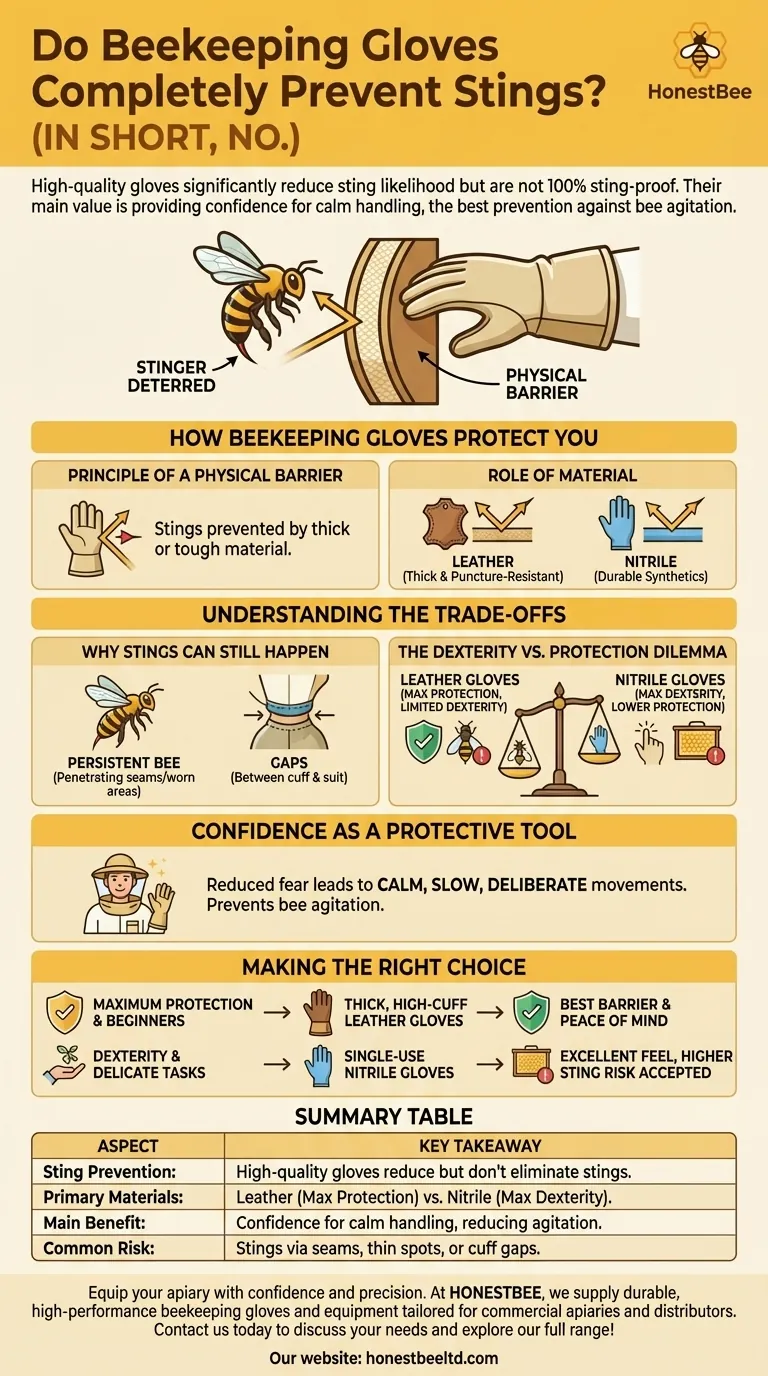
Related Products
- Mesh Ventilated 3 Layer Goatskin Beekeepers Gloves for Beekeeping
- Goatskin Leather Beekeeper Gloves with Vent Long Sleeve for Beekeeping Honey Bee Sting Proof Protection
- Goat Skin Leather Bee Sting Proof Beekeeping Gloves with Canvas Sleeve
- Professional Drop-Style Hive Handles for Beekeeping
- HONESTBEE Professional Long Handled Hive Tool with Precision Cutting Blade
People Also Ask
- What factors should be considered when choosing beekeeping gloves? Balance Protection and Dexterity for Your Apiary
- What is the role of gloves in beekeeping, especially for beginners? Build Confidence & Safety
- How do beekeeping gloves increase comfort during long sessions? Enhance Focus and Reduce Fatigue
- Why is it important to have gloves available even if not always worn? Essential Risk Management for Beekeepers
- What should be considered when selecting beekeeping gloves? Find the Perfect Fit for Safety & Dexterity

